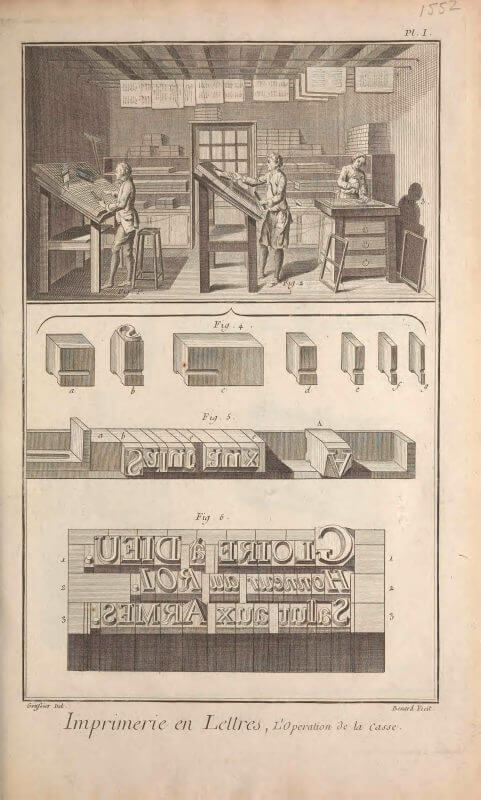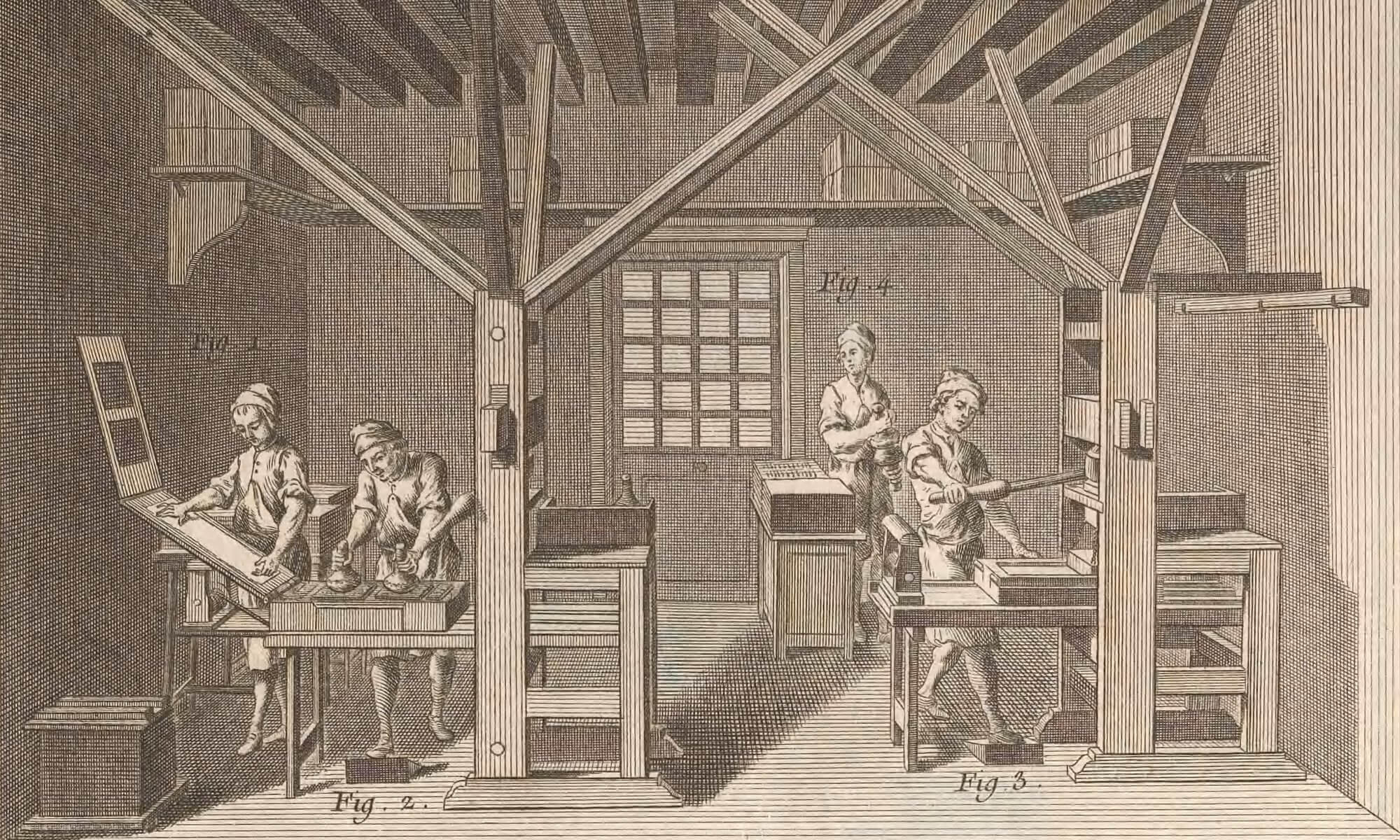Ames, Typographical antiquities, 1749 (4I4r)
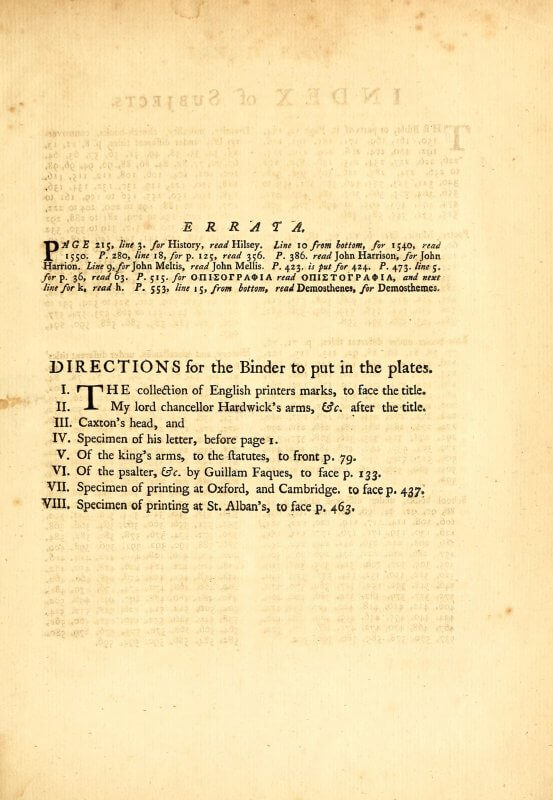
Ames, Typographical antiquities, 1749 (4I4v)

Cato, Moral distichs, 1735 (A1v-A2r)

Collaert, Nova Reperta, 1600 (pl. 19)
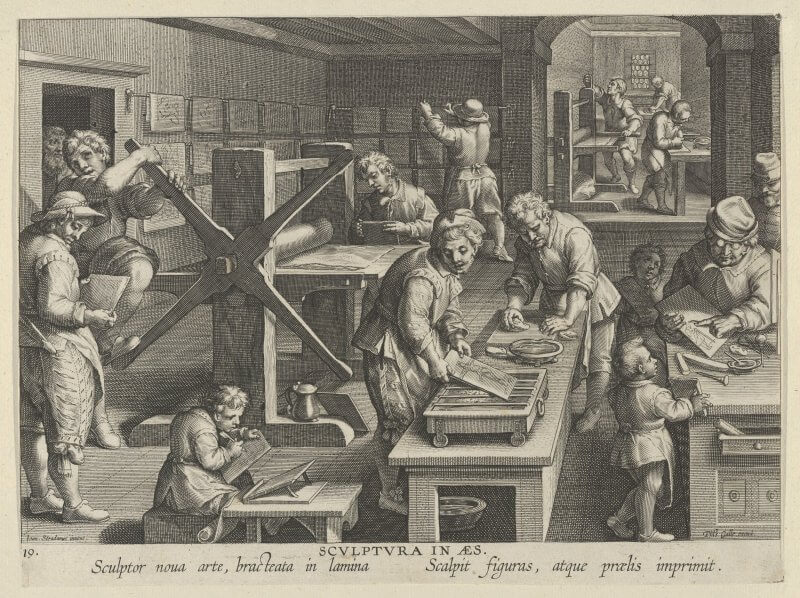
Collaert, Nova Reperta, 1600 (pl. 4)
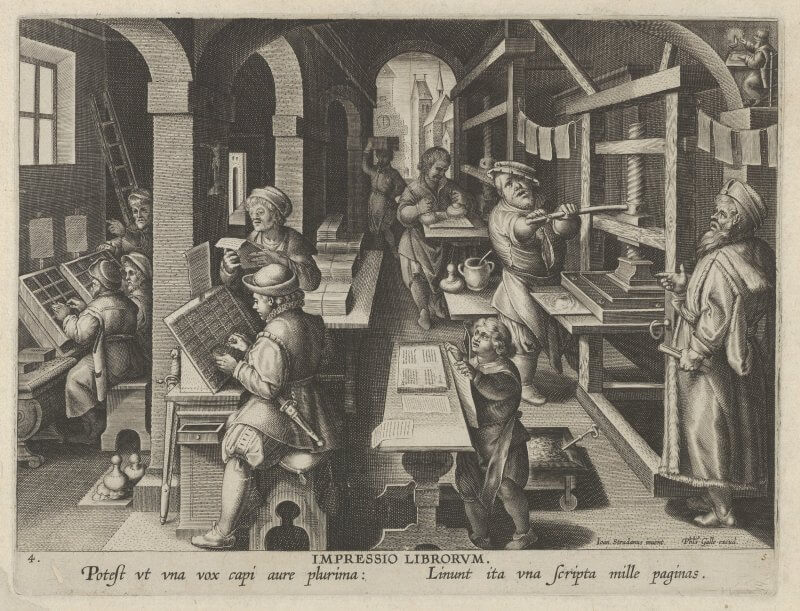
Coronelle Romaine, matrices
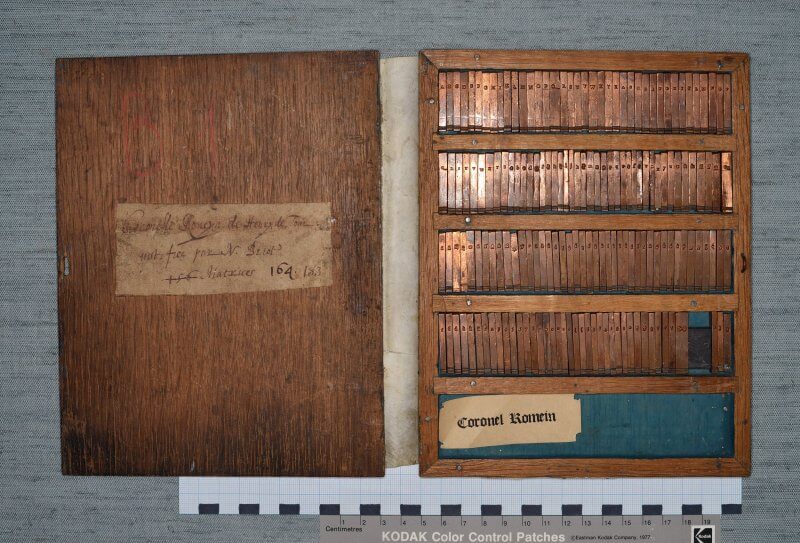
Coronelle Romaine, stamps
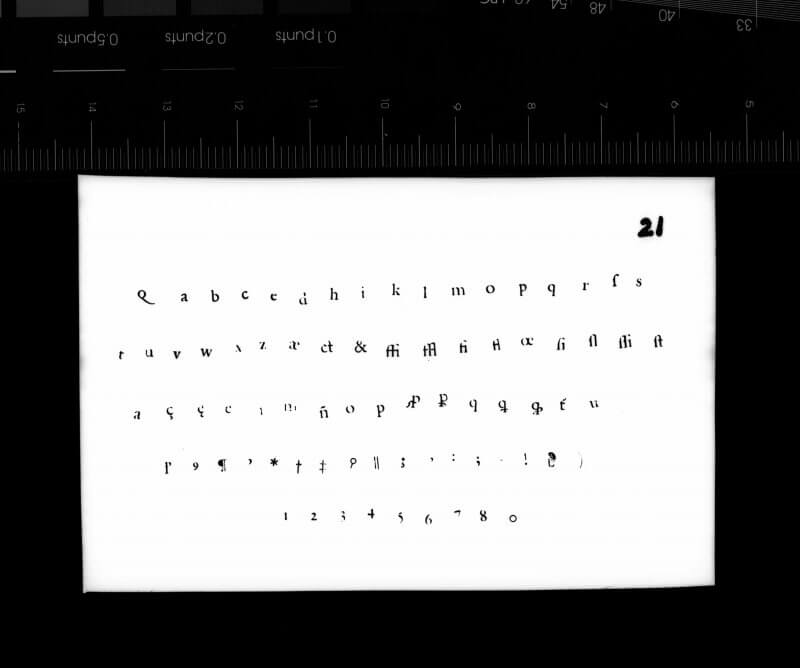
Coronelle Romaine, unjustified matrices
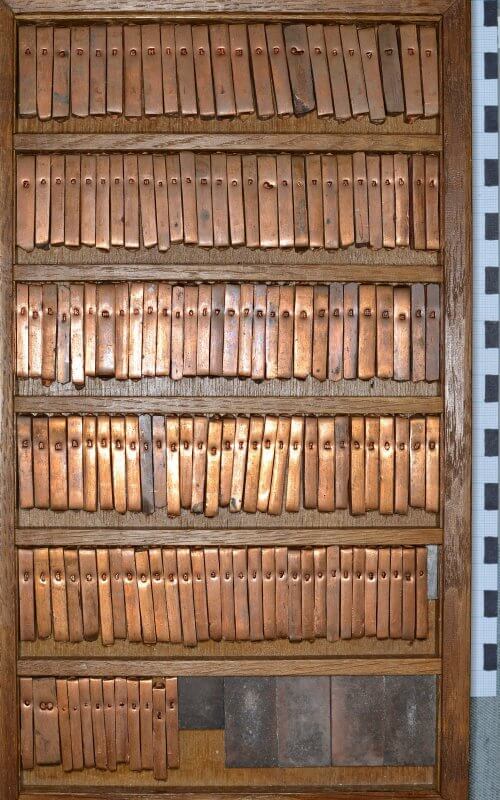
Encyclopédie plates, 1769 (vol 7, pl 14)
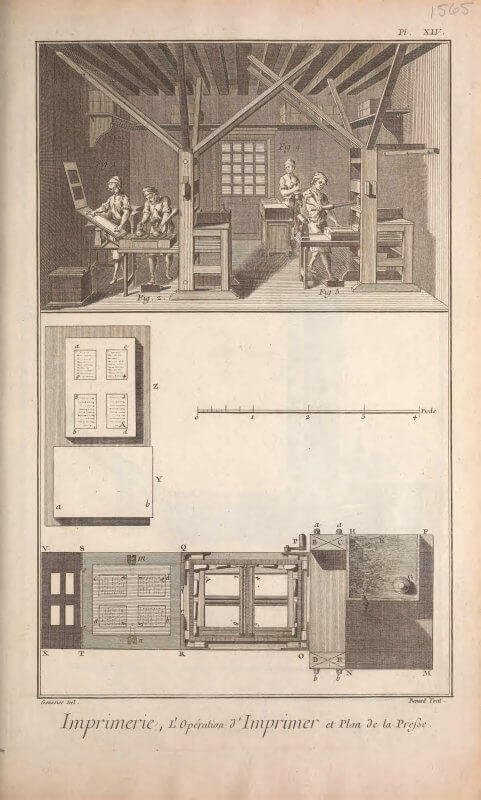
Encyclopédie, Plates, 1769 (vol 7, pl 1)
